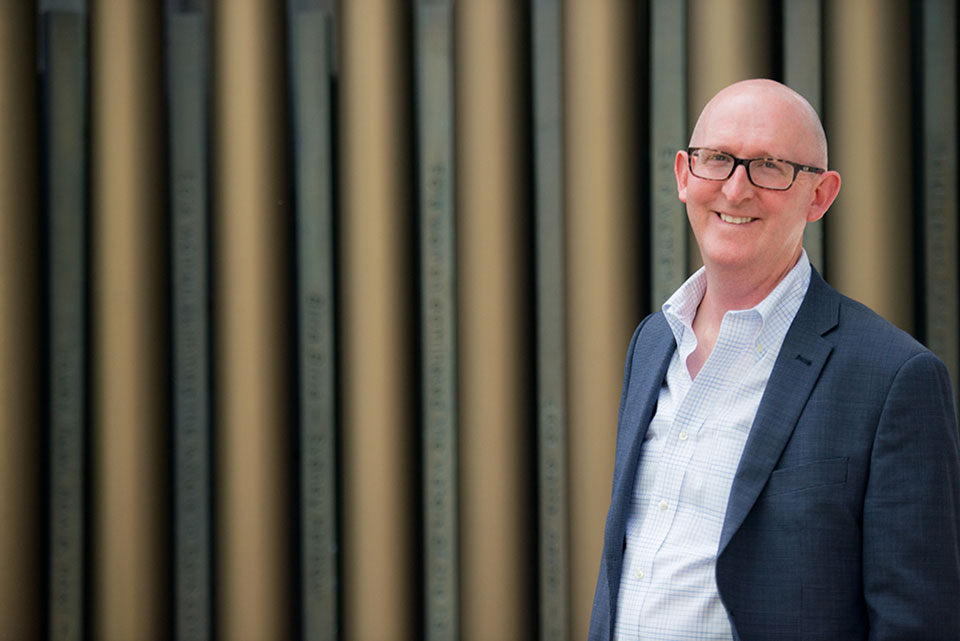5 ways to work more proactively

Many of us may feel like we are working in reactive environments, and find it hard to work proactively in the face of so much urgency and reactivity. But if we take a cold, hard look at what is really happening, we might find that a part of the problem is our own workstyle. We may have a reactive workstyle that causes unproductive urgency, increased stress levels and a feeling of overwhelm.
I believe that there are three types of urgency that we need to deal with. Fake urgency, where things seem urgent when they are not (really bad). Avoidable urgency, where the work is urgent, but it would not have been if organised and planned appropriately (pretty bad). Finally, there is reasonable urgency, where we could not have anticipated or planned for the issue or opportunity in the first place (acceptable). Fake and avoidable urgency are unproductive and should be managed so that they do not cause us problems.
Whether the urgency is fake or avoidable, some of this urgency is caused by your own behaviours, not by others, and not by the environment. How often have you reacted to an email immediately, thus making it urgent even though it was not. This is you creating fake urgency. How often have you procrastinated about something and left it until the last minute? This is your creating avoidable urgency.
Now, if your own behaviours just caused you a bit of last-minute stress, that might not be so bad. But how often do these behaviours end up putting workmates under pressure as you request last minute work or information? When we are working with others, we need to be group productive. That means we work in a way that is personally productive as well as productive for the group.
So, if you find that this resonates for you, and think you might be a bit guilty of reactive behaviours, here are five strategies that can help you to work more proactively.
- Use one central system for action management
Try not to fragment your actions and priorities in different systems. Instead of using a combination of your inbox, your to-do list, your calendar, your meeting notebook and an odd assortment of papers and sticky-notes to remember what to do, create one master task list and put everything you need to do into that. - Manage activities by time
The next level of sophistication with your action management system is to manage your priorities by time. Rather than just using a big list of things to do, break the list down into daily task lists. Schedule some things for today, some for tomorrow, and others for next week. Most tools like MS Outlook and Google Calendar allow you to create dated task lists. This helps you to be far more proactive, and more realistic about what you can get done on any given day. - Highlight three critical priorities each day
If you do have a list of actions for the day, get focused by prioritising this list. Try highlighting the top three things you need to get done, and fight for those. Don’t just choose these based on their urgency though, try to focus on what is most important if you can. - Balance your time
One of the most common reasons for things being left until the last minute is that we spend too much time in meetings, and don’t protect enough time to get our priorities done in a proactive way. So, balancing the amount of time you spend in meetings with the time you protect for your priorities is crucial. Using a system that brings both your meetings and tasks into the one view can really help with this. Again, both Outlook and Google Calendar will allow this. - Turn off email alerts
Finally, stop derailing your day and allowing yourself to get distracted by emails. Turn off the email alerts that make every email seem urgent, and instead check your emails at regular times through the day. I personally check my email about once per hour, with about thirty minutes spent processing email more thoroughly at either end of the day.
Reactivity is a choice. So is proactivity. Make the right choice for you and your team!
Have you read?
World’s Best CEOs.
World’s Best Companies.
Rich List Index (Top Billionaires).
Add CEOWORLD magazine to your Google News feed.
Follow CEOWORLD magazine headlines on: Google News, LinkedIn, Twitter, and Facebook.
Copyright 2024 The CEOWORLD magazine. All rights reserved. This material (and any extract from it) must not be copied, redistributed or placed on any website, without CEOWORLD magazine' prior written consent. For media queries, please contact: info@ceoworld.biz








